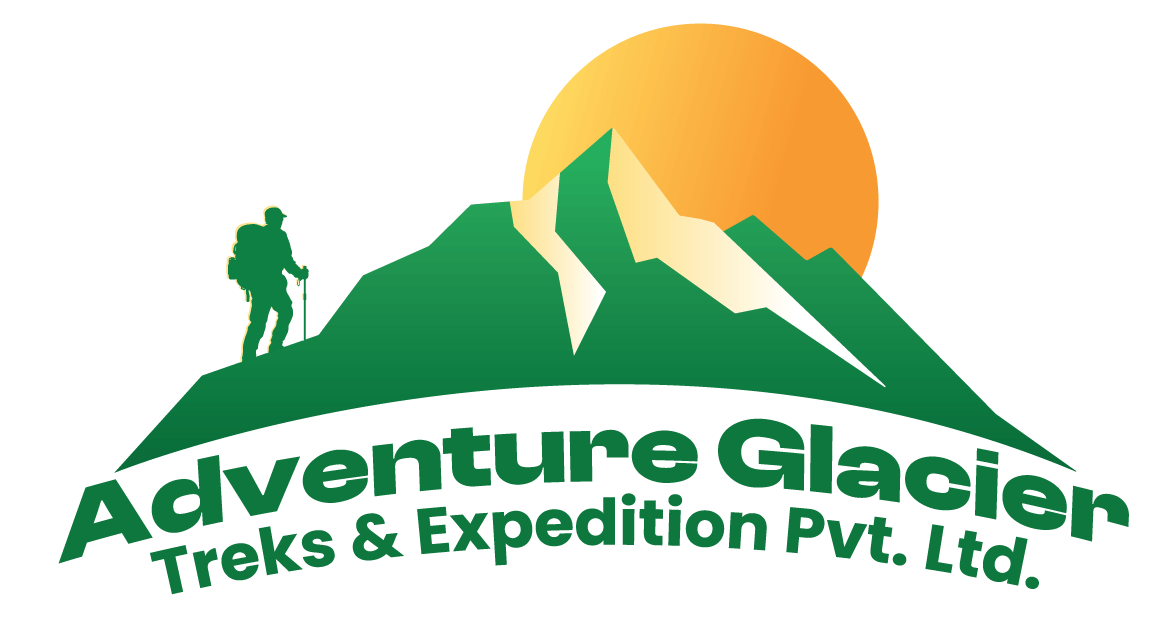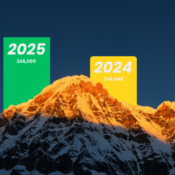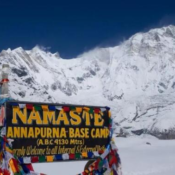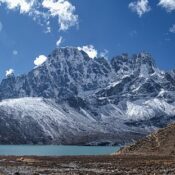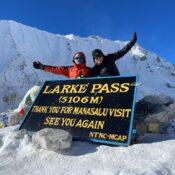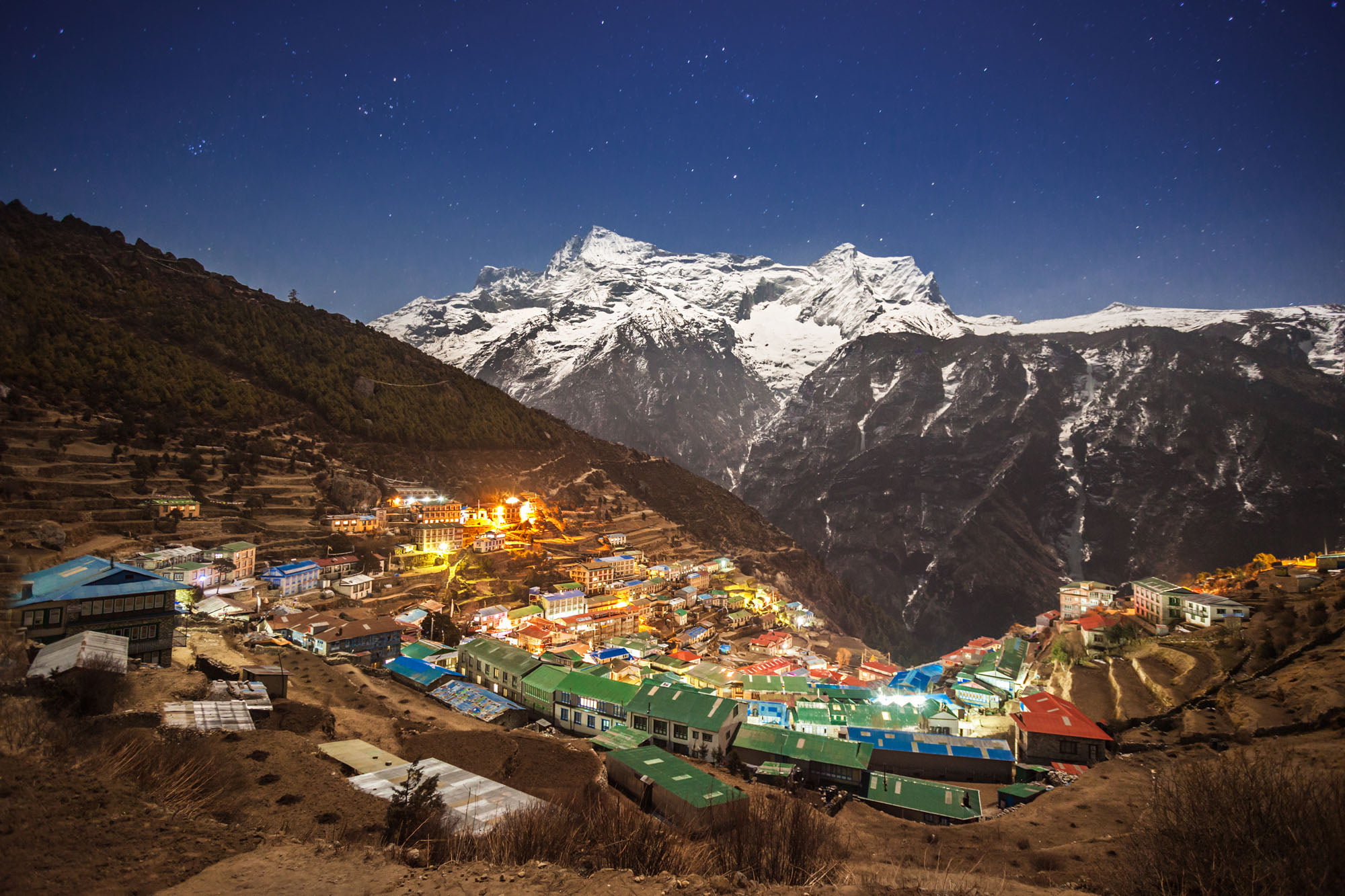How tough is it? Manaslu Circuit Trek Difficulty Explained
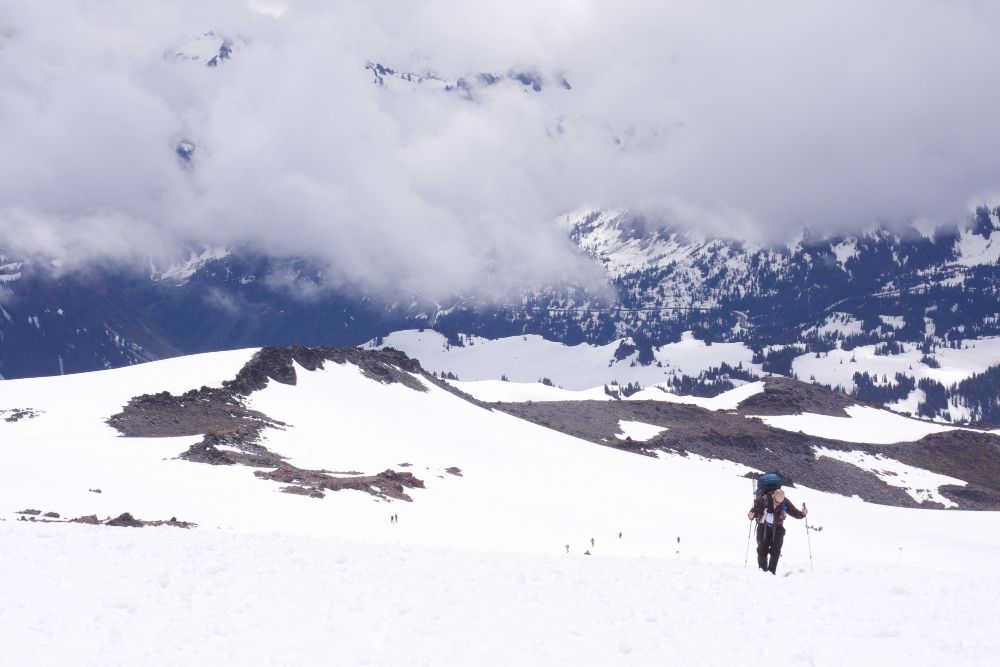
Manaslu Circuit Trek is a remote and beautiful trekking route in Nepal. It takes you across high mountain passes, serene valleys, and traditional villages with heavy Tibetan influence. With fewer trekkers compared to Everest or Annapurna, this route lets you experience untouched nature, authentic culture, and real adventure. You will walk 6 to 8 hours a day, and the highest point, Larkya La Pass, reaches 5,160 meters. The road is rough and is filled with steep hills, rocky roads, and cold weather at an elevated altitude. It requires proper preparation, physical fitness, and lots of determination
This blog will discuss the level of difficulty of the Manaslu Circuit Trek and what you should know before doing the trek. This is where to start your journey, whether you are a first-time trekker or an experienced hiker who is seeking your next challenge.
Understanding the Manaslu Circuit Trek Difficulty
The Manaslu Circuit Trek difficulty is an important topic for anyone planning this incredible journey. It appeals to people who are looking to enjoy the Himalayas without the thronging paths of Everest and Annapurna. Although the trek is very beautiful in terms of nature and cultural experiences, it is physically challenging, and it challenges your mental strength. The path leads across wild mountain scenery, over high passes and through ancient villages. It is worth knowing the primary reasons why the Manaslu Circuit Trek is not an easy trek and what to expect before you choose to go on this adventure.
Here’s a closer look at why this trek is considered tough but truly unforgettable:
- High Altitude: The highest altitude of this Trek is Larkya La Pass (5,160 m (16,929 ft)). The altitude is a grave threat, and acclimatisation is required.
- Distance and Time: The Distance of the hike is around 177 km (110 miles), and the time is 14 to 18 days. That means you will be walking 6-8 hours a day, and you have to be enduring.
- Remote and Rough Terrain: Manaslu Circuit is not a very busy circuit and is more remote than normal trekking circuits. Facilities are few, and it is good to have an experienced guide as well as be prepared in case of rough conditions.
- Steep Climbs and descents: The trail is rocky and steep, particularly at the high pass, where the weather may turn unfavourable and alter the experience to be more challenging.
- Basic Accommodation: Tea houses on the way are basic and less luxurious than those of the Annapurna or Everest treks.
Despite these challenges, the Manaslu Circuit offers incredible rewards: peaceful trails, ancient Tibetan monasteries, lush forests, and breathtaking Himalayan panoramas.
Is the Manaslu Circuit Trek Suitable for Beginners?
Yes, a Manaslu Circuit Trek can be done even by a beginner; however, only after the proper preparation, guidance, and attitude. Here, the term beginner refers to a person who has never trekked at high altitudes before, but is physically fit and determined.
How can it still work even with beginners?
- You do not require any technical climbing skills.
- Accommodation is in teahouses (no camping required).
- Guided treks are used to control logistics and safety.
- The trail slowly ascends, and this is done in order to acclimatise.
Important Notes for Beginners:
- No single treks, a guide, or a permit are required in this restricted area.
- Before your trip, train for at least 2 to 3 months.
- Choose a longer trail that has more rest and acclimatisation days. This makes the Manaslu Circuit Trek difficulty to be reduced.
- Buy travel insurance against altitude sickness and emergency evacuation.
- Be familiar with the symptoms and prevention of AMS (Acute Mountain Sickness)
Yes, Manaslu Circuit Trek is achievable by novices, and an exciting experience to test oneself in the Himalayas, as long as the right mindset and preparation are adopted.
Preparation Advice for the Manaslu Circuit Trek
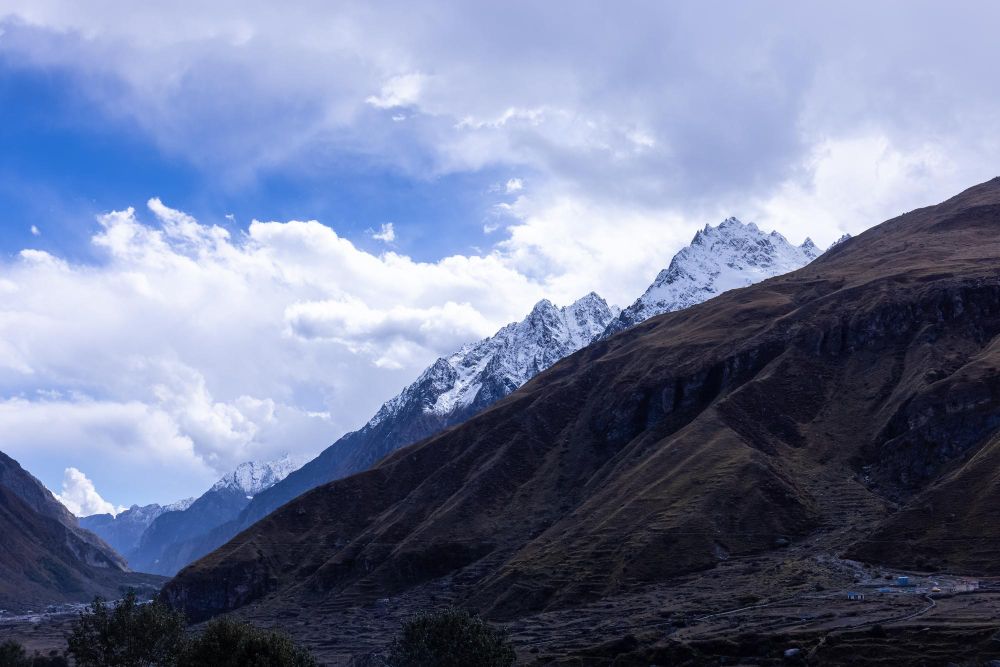
The Manaslu Circuit Trek is a demanding, high-altitude journey, and proper preparation is essential to manage the Manaslu Circuit Trek difficulty. The route involves days of walking on undulating, rugged trails as one acclimatizes to the thinner air at altitudes above 5,000 meters. Personal fitness to undertake the Manaslu Circuit Trek should be developed not only in aspects of stamina, but also strength, endurance, and mental strength. The next tricks will help you be ready to make the physical effort and mental focus that you will have to undergo this challenging yet unforgettable experience.
Physical and Mental Preparation Tips
This hike is a hike that takes a number of days, traversing steep and uneven paths and acclimatizing to the thin air of more than 5,000 meters. Personal fitness should be developed to undertake the Manaslu Circuit Trek, both in stamina as well as strength, endurance, and mental strength. Get your body in shape and your mind to handle fatigue, cold weather, and changing terrain, and make the trek safer and more enjoyable. The following suggestions will help you get ready for the physical activity and mental focus that you will undergo through this challenging yet unforgettable experience.
- Cardio Training: At least 4 times per week, incorporate jogging, hiking, cycling or swimming to develop stamina.
- Strength and Flexibility: Legs, core, and back training (squats, lunges, and planks) will help you to conquer steep uphills and downhills.
- Mental Strength: Condition your mind to think positively when you are uncomfortable, tired and alone. These are what constitute the usual ingredients of trekking in wild areas.
- Practice Hikes: Take day hikes or weekend hikes and with a loaded backpack to get a feel of what it is like to be on a trek and develop endurance.
Documentation Required
Manaslu is a restricted region, and therefore, special permits are required. These permits assist in controlling tourism, preservation of local culture, and conservation. Whether you’re concerned about the Manaslu Circuit Trek difficulty or just planning your trip, arranging these documents in advance is essential. To get the Manaslu Restricted Area Permit, you are required to employ a licensed guide and trek with a minimum of two individuals as well.
Here are the required permits and documents:
| Document / Permit | Cost (USD) | Highlights |
| Manaslu Restricted Area Permit (MRAP) | $100 (Sep to Nov) or $75 (Dec to Aug) for the first 7 days, plus $15 per extra day | Warm days, blooming rhododendrons, clear skies |
| Manaslu Conservation Area Permit (MCAP) | 30 | Best weather, clear mountain views, stable conditions |
| Annapurna Conservation Area Permit (ACAP) | 30 | Cold temperatures, snow at high passes, and some parts may close |
| TIMS Card | Not required if you have MRAP | Heavy rain, cloudy skies, and possible landslides |
| Passport-sized Photos | 4 copies | |
| Passport & Visa | Valid Nepal visa and passport copy |
A well-documented trek makes your trek legal, safe, and smooth, and you can focus on preparing for the Manaslu climb difficulty and enjoying the adventure.
Gear and Equipment Recommendations
Packing the right gear is essential for managing the Manaslu Circuit Trek difficulty. The weather is unpredictable, and the trail goes through hot valleys and frozen high passes. Take only what you must to be light on your feet, but ensure that your equipment is good and well adapted to trekking in high altitudes. It is easy and quite cheap to rent gear in Kathmandu in case you do not want to carry everything with you.
Necessary equipment list:
- Down or synthetic insulated jacket
- Buff, warm hat, and gloves
- Base layers that wick moisture
- Thermal trousers and hiking pants
- Trekking boots that are waterproof (well broken-in)
- Synthetic and woollen socks
- Daypack (30L-40L)
- Reusable water bottles and purification tablets
- Energy bars and personal snacks
- Headlamp and power bank
- Blister care and first aid kit items
- Every document and permit is in a waterproof bag
Best Time to Visit the Manaslu Circuit Trek
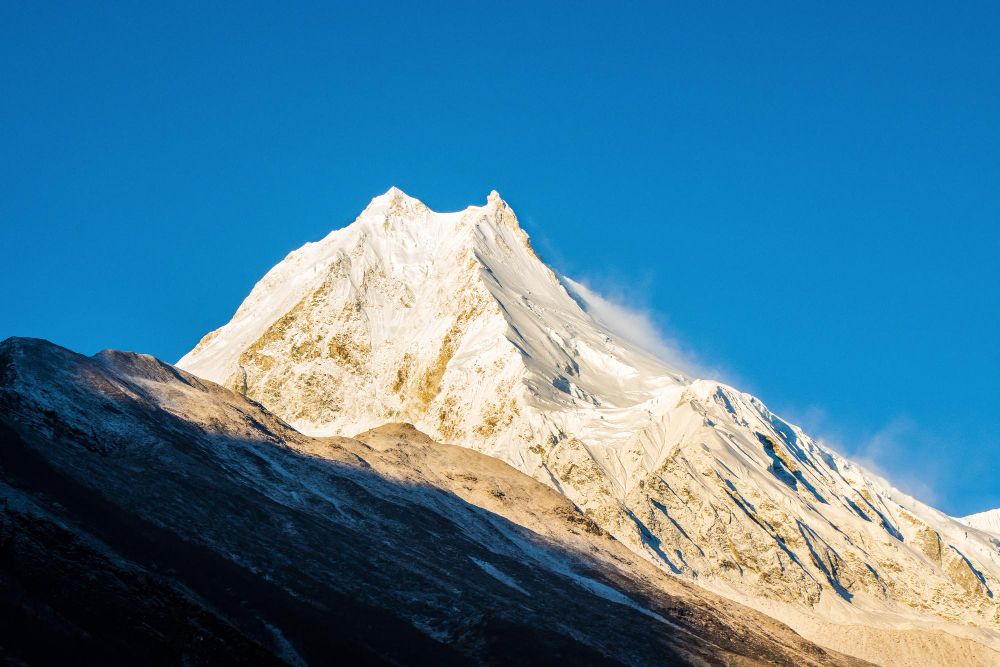
The weather is a large factor in the overall difficulty of the Manaslu Circuit Trek, and selecting the correct time to visit would make your trek safer and more fun. So here is a basic outline of the seasons and what to expect:
| Season | Months | Pros | Cons |
| Spring | March to May | Clear skies, blooming rhododendrons, moderate temperatures | It can be busy, especially in April |
| Autumn | September to November | Stable weather, excellent mountain views | Cold nights at high altitude |
| Winter | December to February | Fewer crowds on the trail | Very cold, snow possible at the pass |
| Monsoon | June to August | Green, lush landscapes | Risk of landslides, slippery paths, and poor visibility |
Best Time for Trekking: October to November and March to April are the best seasons for the Manaslu Circuit Trek. During these times, the weather is generally stable, the sky is clear, and trail conditions are good. This way it is easier to cope with the Manaslu climb difficulty and to appreciate the beautiful Himalayan views without facing the unfavourable weather.
Why Choose Adventure Glacier for Your Manaslu Circuit Trek?
The selection of the trekking company is one of the most important choices of your Himalayan adventure. We make sure that your Manaslu Circuit Trek is safe, painless and unforgettable with Adventure Glacier Treks. That is what we can do:
- Professional local Guides: Our guides are licensed and have extensive knowledge of the Manaslu area, and they are trained to keep you safe every step of the way.
- Tailor-made Itineraries: We create treks at your pace, fitness and interests- we do not do one-size-fits-all.
- Safety First: We have a support crew on standby 24/7, satellite communication and careful acclimatisation programs are put in place to minimise risk.
- Transparent Pricing: We have open and inclusive packages without hidden costs.
- Experience: We have hundreds of satisfied trekkers who have trusted us with their expeditions and left 5-star reviews.
Even if you are a beginner or an experienced trekker, and we will take you through the Manaslu Circuit Trek difficulty with confidence and care making your trek, a memorable experience.
Conclusion
Manaslu Circuit Trek is not only a hike, a cultural tour and a self-discovery. However, it is more challenging than the Annapurna or Langtang treks; the raw beauty, tranquil paths, and the breathtaking views make it worth every step.
You do not have to be an experienced mountaineer to do this trek with adequate planning, good physical preparation, and under the advice of experienced professionals. Are you fascinated by the dramatic scenery of the Himalayas, or are you looking to have a wild new experience? The Manaslu Circuit will not fail you.
If you’re comparing treks in Nepal, you may also want to read our detailed guide on the Annapurna Circuit Trek cost to help you choose the perfect route.
FAQ: Manaslu Circuit Trek Difficulty
How difficult is the Manaslu Circuit Trek?
The hike is said to be moderately to highly challenging, mostly because of the high altitude, length, and inaccessible terrain. But it is non-technical, and can be done with training and acclimatisation.
Is the Manaslu Circuit Trek suitable for beginners?
Yes. With proper training, a long acclimatisation schedule and the availability of a professional guide, even inexperienced trekkers can safely complete the trek and enjoy it.
How hard is the Manaslu summit climb compared to the circuit trek?
Manaslu summit is a technical 8,000m peak that requires great skills in mountaineering, special equipment and climbing permit. It is more difficult and can not be attempted by a beginner as compared to the non-technical circuit trek.
What personal fitness level is needed for the Manaslu Circuit Trek?
You must be fit enough to walk 6-8 hours a day, have good stamina, and be able to carry a light daypack. A couple of months of hikes, cardio, and strength training will make the trek a lot easier.
How should I prepare physically for the Manaslu Circuit Trek?
Train aerobic conditioning, leg power, and endurance. Train for hiking with a backpack and practice regularly for 2 to 3 months before the trek.
When is the best time to visit the Manaslu Circuit Trek?
The best seasons are October to November and March to April, when the weather is steady, clear skies, and trail conditions are best.
